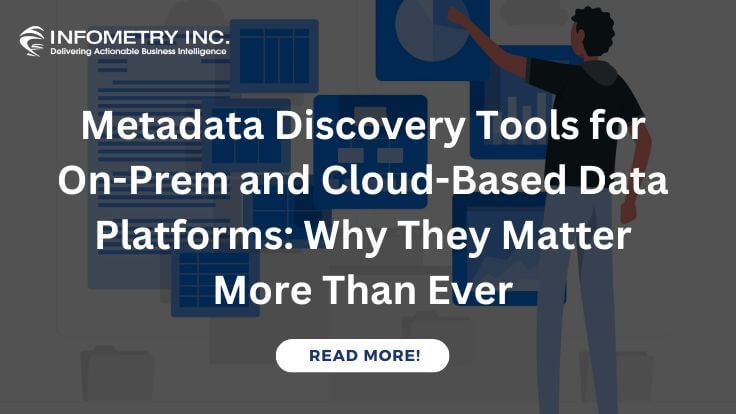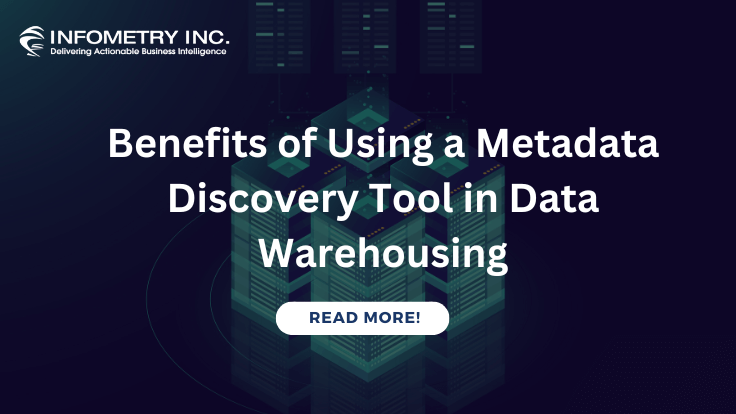
Top 7 Cloud Migration Tools for 2023
December 19, 2022
Why Migrate Informatica PowerCenter to Intelligent Cloud Services?
December 27, 2022A significant part of what data engineers do is move around data from one database to another – also called data replication and migration. Each data team has gone through a data replication project like this – whether it’s to move data to a database better suited for analytical querying, shielding an available database from the high analytical load, or doing a cloud migration process. The data team usually does this through a data replication from PostgreSQL to Snowflake. However, before diving deep into PostgreSQL to Snowflake data migration steps, let me walk you through a brief introduction to Snowflake. As you would have heard, Snowflake is a data cloud platform. It is presented as a true Software-as-a-Service (SaaS) – no hardware to configure, no software to install, and no maintenance. Snowflake’s architecture is characterized recently without any preparation, not an extension of the existing Big Data framework like Hadoop.
Steps to Migrate Data from PostgreSQL Database to Snowflake
Snowflake has a hybrid of the conventional shared-disk database and modern shared-nothing database architecture. It involves a central repository for persevered data open from all compute nodes in the data warehouse. It processes queries utilizing massively parallel processing (MPP) compute clusters where every node in the cluster stores a piece of the data collection. Snowflake processes utilize “virtual warehouses”, which are MPP compute clusters composed of different register hubs. All parts of Snowflake’s solutions run in a public cloud-like AWS
Snowflake data cloud is considered a cost-effective, high-performing analytical solution and is involved by numerous associations for essential roles. Here, we will talk about how to move real-time data from PostgreSQL to Snowflake.
Here are the Steps to Migrate Data from PostgreSQL Database to Snowflake
To migrate data from a PostgreSQL database to Snowflake, you will need to follow these steps:
Step 1
Set up a connection to your PostgreSQL database. You will need to provide the hostname, port number, database name, and credentials for a user with access to the database.
Step 2
Create a Snowflake account and connect to your Snowflake warehouse. You must provide your account name, username, password, and warehouse name.
Step 3
Determine the structure of the data in your PostgreSQL database. This will involve examining the tables, columns, data types, and relationships between tables.
Step 4
Create a schema in Snowflake that matches the data structure in your PostgreSQL database. This can be done using the CREATE SCHEMA command.
Step 5
Use the COPY INTO command in Snowflake to load data from your PostgreSQL database into your Snowflake warehouse. You will need to specify the source and target tables and the columns to be copied.
Step 6
Use the SELECT INTO command in Snowflake to create a new table in your warehouse that contains the data from your PostgreSQL database.
Step 7
Use the INSERT INTO command in Snowflake to append data from your PostgreSQL database to an existing table in your warehouse.
Step 8
Use the UPDATE command in Snowflake to modify your warehouse data based on your PostgreSQL database.
Step 9
Use the DELETE command in Snowflake to remove data from your warehouse that is no longer present in your PostgreSQL database.
Step 10
Test the data in your Snowflake warehouse to ensure that it is accurate and up-to-date. You may need to repeat some of the steps above if any issues are found.
The Best Method to Load Data from PostgreSQL to Snowflake
Until this point, we just scratched the surface of what Snowflake can do and how to load data into it. The best approach depends intensely on the data you need to load, the services they are coming from, and the prerequisites of your use case.
Things can get much more complicated to incorporate data coming from various sources. A potential other option, rather than composing, hosting, and maintaining a flexible data infrastructure, is to utilize a product like Stitch that can deal with this sort of issue automatically for you. Stitch integrates with various sources or services like databases, email campaigns, CRM, analytics, and more. Rapidly and securely move all your data from PostgreSQL to Snowflake and begin creating insights from your data.




